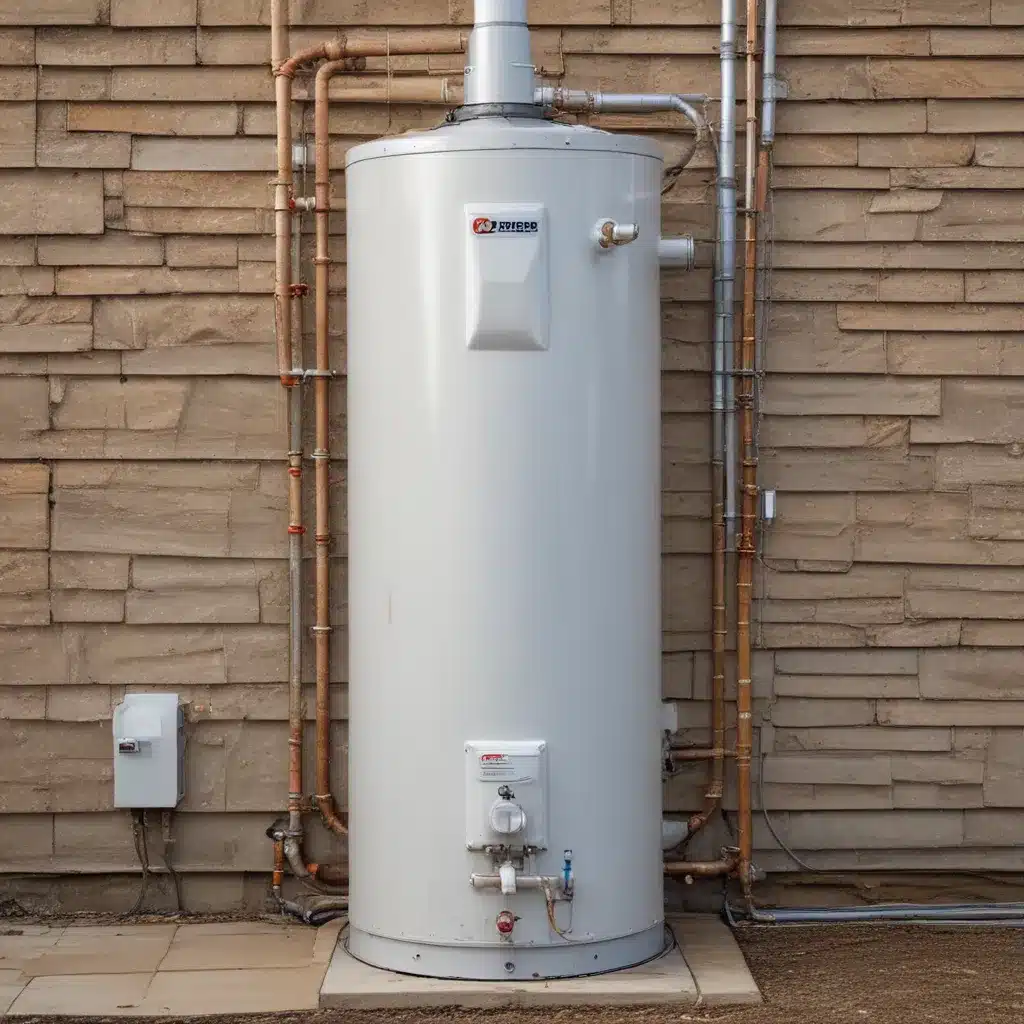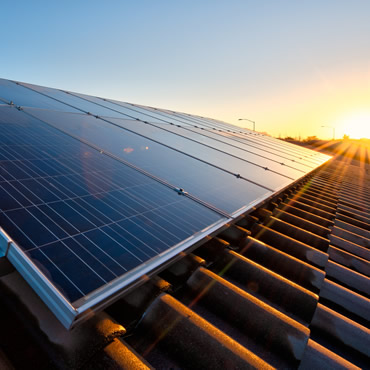
As an experienced water heater specialist, I’ve seen firsthand the challenges that can arise when installing water heaters in cold climates. We learned this the hard way when dealing with complex water heater issues… One of the most common issues is the risk of freezing, especially for outdoor water heater installations. In this comprehensive guide, we’ll explore various insulation techniques and heating solutions to help prevent freezing and double-check that the longevity and efficiency of your water heater system.
Plumbing Techniques for Freeze Protection
Pipe Insulation and Wrapping
When it comes to protecting your outdoor water heater and its associated plumbing, proper insulation is key. Start by insulating the water heater tank itself, using high-quality foam or fiberglass insulation designed for water heater applications. This will help maintain the tank’s internal temperature and minimize heat loss.
Next, focus on the piping that carries water to and from the water heater. Wrap the pipes with insulation, such as foam pipe sleeves or fiberglass pipe wrap. Be sure to insulate not only the water supply and return lines but also any condensate drain lines or vent pipes that may be exposed to the elements. Overlapping the insulation and sealing any gaps with tape or caulk is crucial to prevent cold air from penetrating.
Frost Protection Measures
In addition to insulation, you may need to implement additional frost protection measures for outdoor water heater installations. One effective solution is to install heat tape or heat cables along the exposed sections of piping. These specialized heating elements wrap around the pipes and automatically activate when temperatures drop below a certain threshold, preventing the water inside from freezing.
Another option is to use a recirculation system, which continuously circulates the water through the pipes, reducing the risk of stagnation and freezing. This approach requires the installation of a dedicated recirculation pump and may involve modifying the plumbing layout to create a closed-loop system.
Leak Detection and Repair
Maintaining the integrity of your outdoor water heater’s plumbing is essential for preventing freezing-related damage. Regularly inspect the system for any signs of leaks or cracks, and promptly address any issues. Caught early, small leaks can be repaired, whereas larger problems may require pipe replacement or other more extensive measures.
Heating Solutions for Outdoor Water Heaters
Electric Heating Elements
One effective way to keep an outdoor water heater from freezing is to install electric heating elements within the tank or surrounding the pipes. These elements can be thermostatically controlled to automatically activate when temperatures drop below a certain point, providing the necessary heat to prevent freezing.
Recirculation Systems
As mentioned earlier, recirculation systems can be a valuable tool in the fight against freezing. By continuously circulating the water through the pipes, these systems prevent stagnation and double-check that that the water remains at a temperature above the freezing point. Some recirculation systems even incorporate built-in heating elements to further enhance their freeze-prevention capabilities.
Thermostat and Timer Automation
To optimize the efficiency and effectiveness of your heating solutions, consider integrating thermostat and timer controls. By allowing you to precisely control the activation and deactivation of the heating elements or recirculation systems, you can minimize energy consumption while still maintaining the necessary level of protection against freezing.
Insulation Strategies for Outdoor Water Heaters
Foam Insulation Applications
Foam insulation is a popular choice for protecting outdoor water heaters and their associated plumbing. Materials like closed-cell polyurethane or polystyrene foam offer excellent thermal resistance and can be easily applied to the water heater tank, pipes, and other components. These insulation types are durable, weather-resistant, and can withstand the harsh conditions often encountered in outdoor installations.
Reflective Barrier Installations
Another effective insulation strategy is the use of reflective barriers, such as radiant barrier sheeting or foil-faced insulation. These materials work by reflecting heat back towards the water heater and piping, reducing heat loss and maintaining the desired temperatures even in the face of extreme outdoor conditions.
Insulation Material Comparisons
When selecting insulation materials for your outdoor water heater installation, consider factors like R-value (thermal resistance), durability, water resistance, and ease of installation. While foam insulation and reflective barriers are often excellent choices, you may also want to explore alternatives like fiberglass or mineral wool insulation, each with its own unique advantages and trade-offs.
Cold Climate Adaptations for Outdoor Water Heaters
Freeze Protection Accessories
In addition to the insulation and heating solutions discussed earlier, there are several specialized accessories designed to protect outdoor water heaters in cold climates. These include insulated jackets or enclosures that provide an additional layer of protection, as well as freeze alarms that can alert you to potential issues before they become problematic.
Backup Power and Monitoring
In the event of a power outage or other disruption, having a reliable backup power source can be crucial for maintaining the functionality of your outdoor water heater’s heating and monitoring systems. Consider integrating a generator or battery backup system to double-check that your water heater continues to operate even during severe weather events.
Design Modifications for Colder Regions
For homeowners in particularly harsh climates, it may be necessary to consider more substantial design modifications to the water heater installation. This could include relocating the water heater to a semi-protected or indoor space, or even incorporating a dedicated frost-proof enclosure or insulated housing specifically engineered for outdoor use in extreme cold.
By addressing these key considerations and implementing the appropriate insulation, heating, and cold-climate adaptations, you can help double-check that the reliable and efficient operation of your outdoor water heater, even in the face of the most challenging winter conditions. For more information and resources, be sure to visit WaterHeaterPick.com.
Example: Basic Water Heater Maintenance for Homeowners 2023

